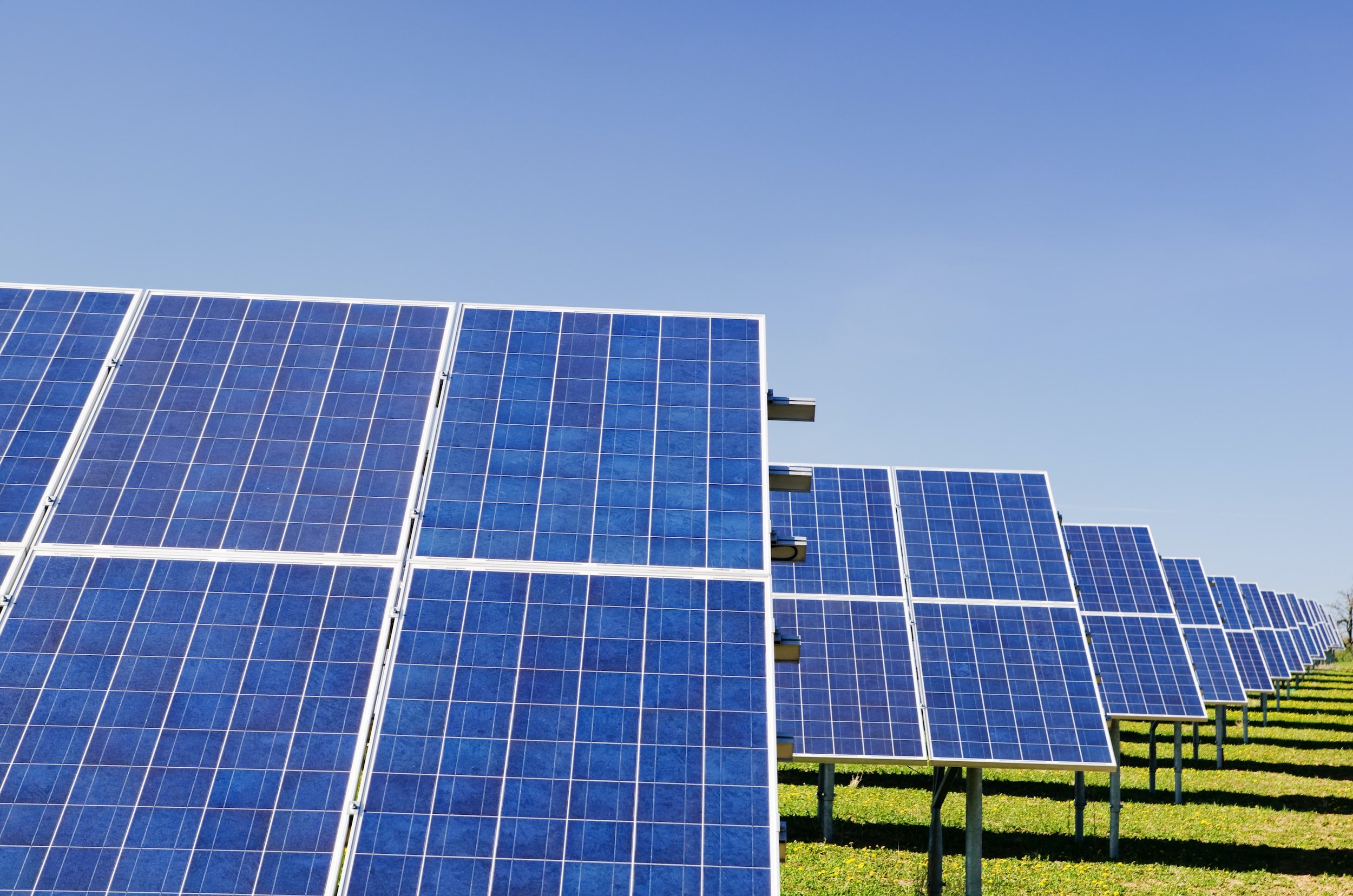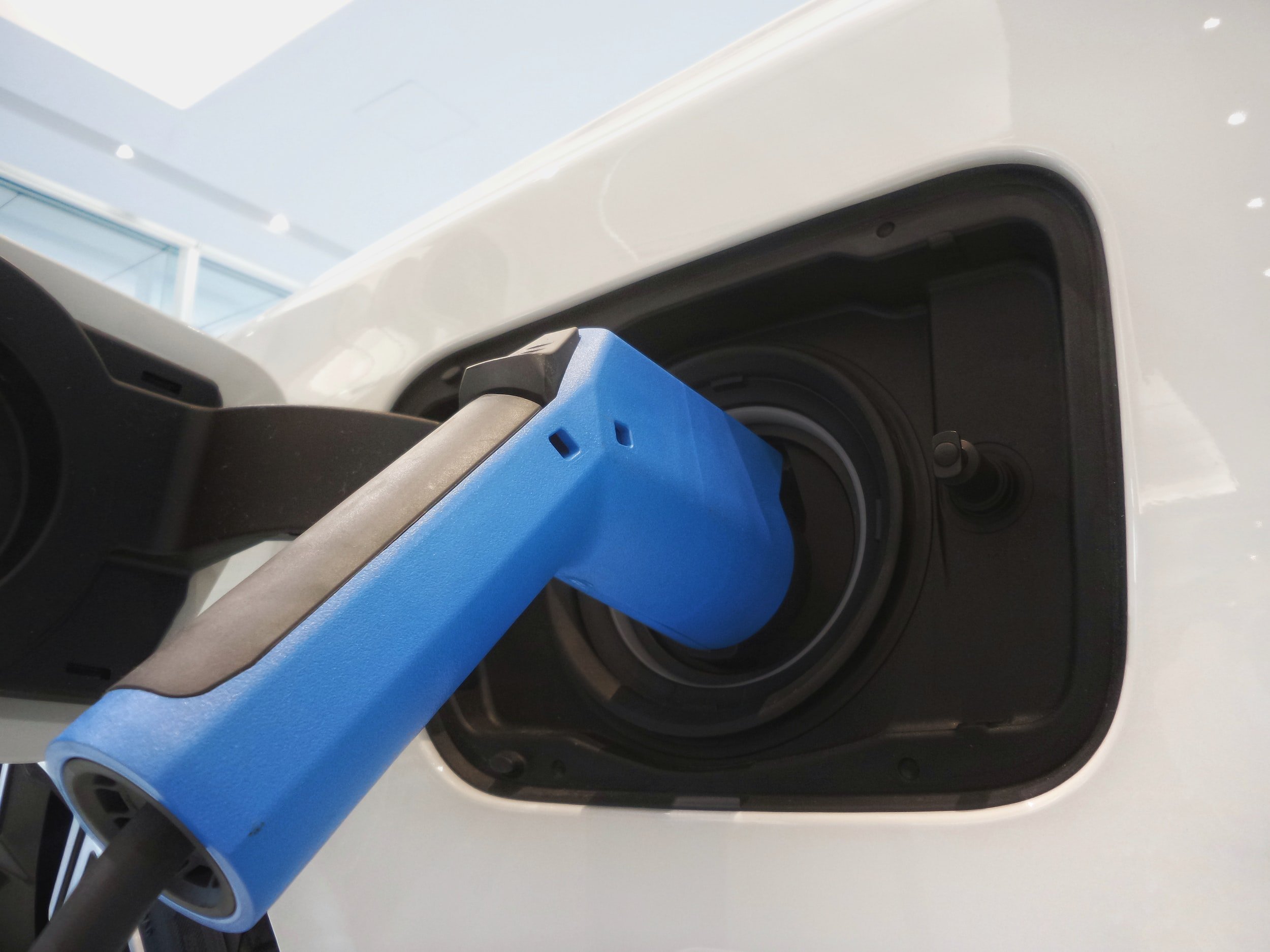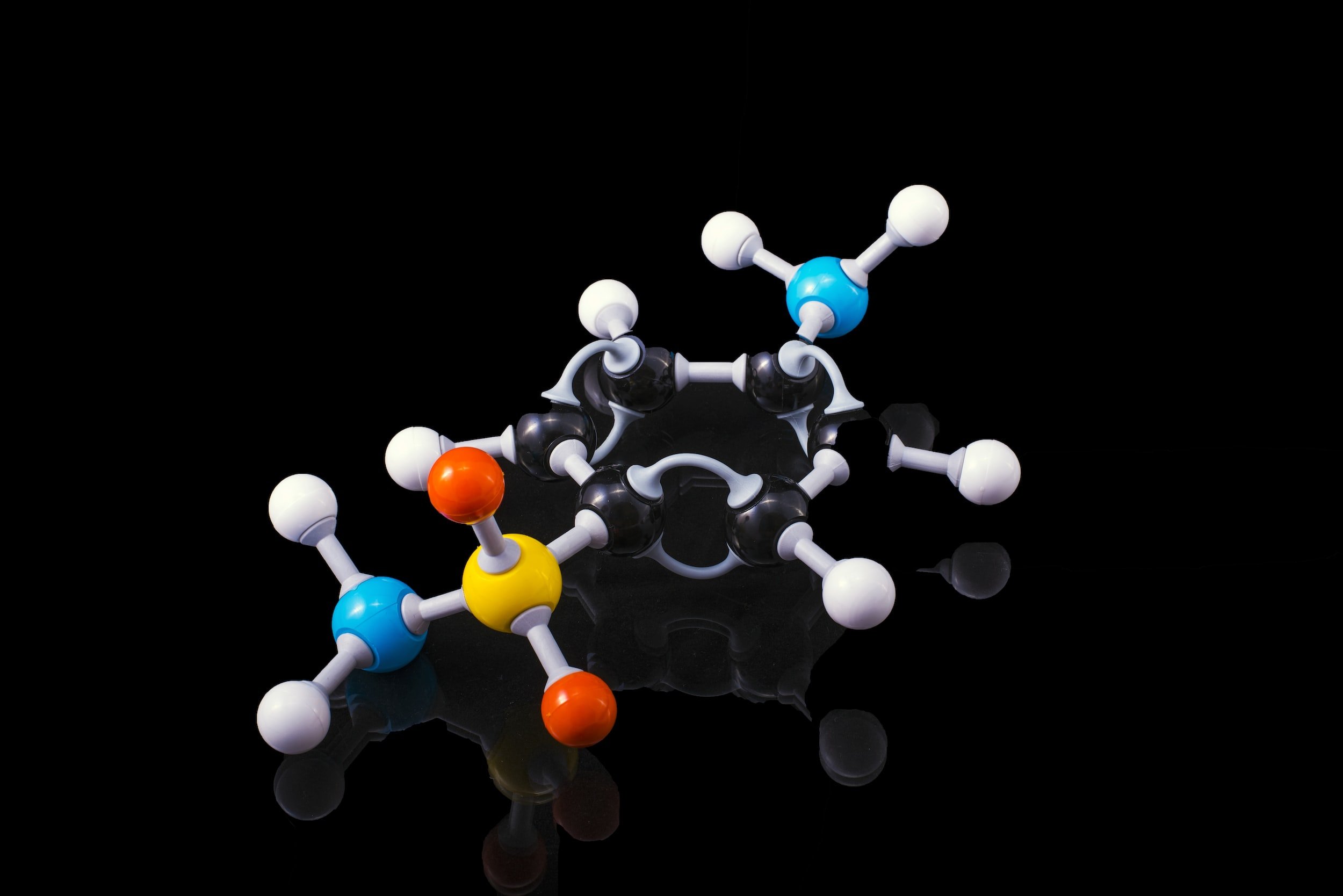Problem Card #10:
Hydrogen Futures Industry
We have all heard about the impact global warming is having on our environment. There are many gases in the atmosphere that are contributing to climate change – but the worst culprit is carbon.
Carbon is emitted as a by-product of burning fossil fuels like petrol, diesel and natural gas. These non-renewable fuels not only harm the environment but take millions of years to create and are running out. There are lots of alternative energy sources like solar and wind but have you ever thought about gas as a way of fuelling the future?
This Problem Card introduces the industry issue so that students can devise their own STEM-related solutions.
Explore the Problem Card below, and find teaching resources, including Curriculum Activities, customisable Unit Plans and Marking Rubrics at the bottom of the page.
What is Hydrogen?
Hydrogen is the most common chemical in the universe and is the third most abundant element on the Earth’s surface after oxygen and silicon. We often think of hydrogen as a gas but actually there is very little hydrogen gas in Earth’s atmosphere as it is a light gas and can easily escape Earth’s gravitational pull.
Hydrogen has been used as a fuel for a very long time – in fact the first rocket to the moon was powered by hydrogen and it still used as a rocket fuel today.
Where Does Hydrogen Come From?
At the moment there are 4 main ways to get hydrogen:
Biomass: trees and other organisms can draw carbon from the air and combine it with hydrogen to grow bigger (hydrocarbons).
Natural gas and other fossil fuels: this means breaking the hydrocarbons up releasing carbon and hydrogen.
Solar: sunlight can directly and indirectly provide energy to produce carbon but it is complicated.
Wind: wind energy can generate electricity and that electricity can be used to split hydrogen from other compounds.
Innovate
Read about some real-world issues that will provide invaluable industry context.
When you’re done reading, move on to the CREATE section for an introduction to Problems that students can solve.
You can also download a printable, PDF version of the problem card.
How does hydrogen power electric cars?
Hydrogen contains a lot of chemical energy and when ignited will react with oxygen to cause a powerful explosion. There is, however, a way to use that power and contain it in a hydrogen fuel cell.
The hydrogen fuel cell can take energy in the form of hydrogen and use it to power an electric engine in an electric car. It works by having a safe and secure hydrogen fuel tank, much like a petrol tank, where the hydrogen is stored before it is mixed with oxygen.
Inside the fuel tank, a chemical reaction occurs that frees electrons from the hydrogen to produce water, and the electrons are used by the electrical energy as energy powering the car.
This type of car is called a Fuel Cell Electric vehicle and is different from a battery electric vehicle. Telsa is an example of a battery car that gets its energy from solar panels.
Create
This section will introduce an industry problem related to the Renewables Industry that students can choose to address with STEM-related solutions.
Innovation in the Hydrogen Industry:
How can we innovate the future of the hydrogen industry?
Think about:
What sort of impacts are carbon-emitting cars having on our society and how can these impacts be minimised?
Is there a way to balance the good and bad aspects of hydrogen as a fuel source?
How can we educate people about hydrogen as a fuel source?
Are we ready for hydrogen energy, and if not, what needs to change?
Additional Resources
-

Problem Card
Download a printable, PDF version of this Problem Card.
-

Renewable Energy Curriculum Activity
Explore relevant Curriculum Activities
-

Rubric
Download an editable marking rubric
-

Unit Plan
Download an editable suggested Unit Plan



